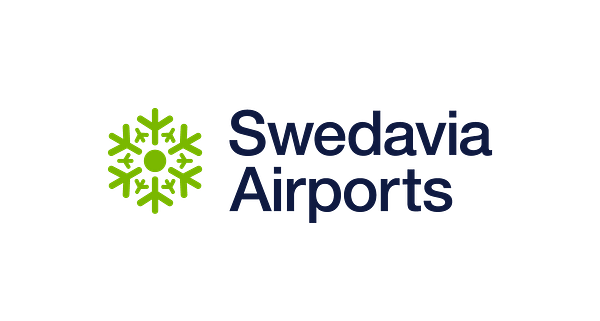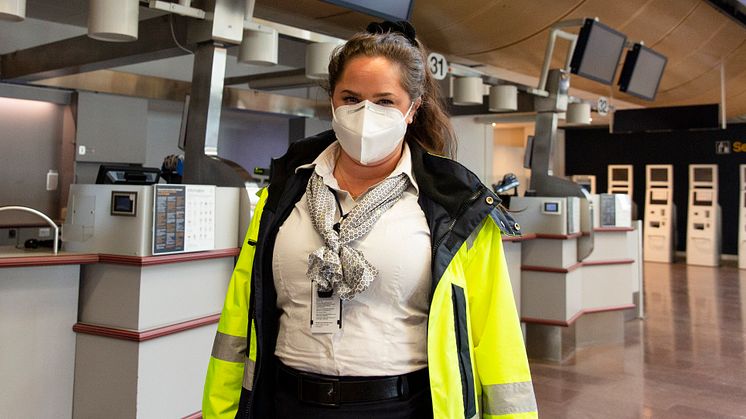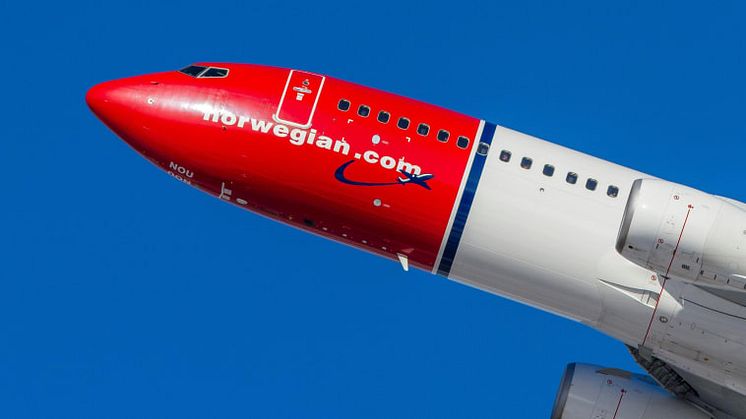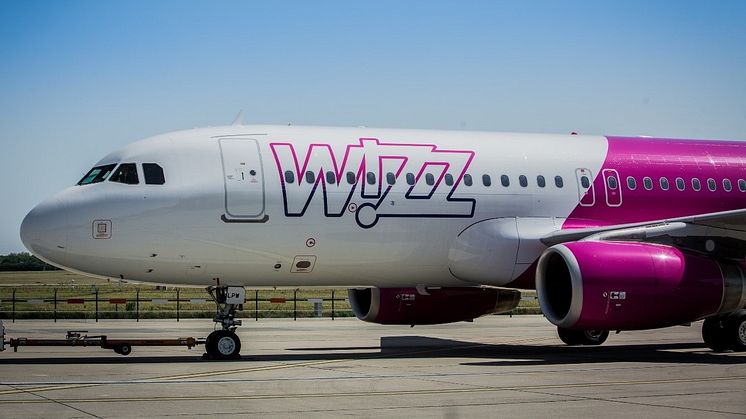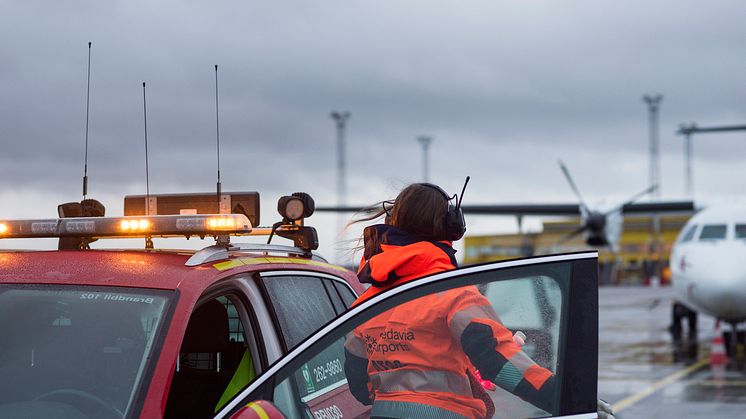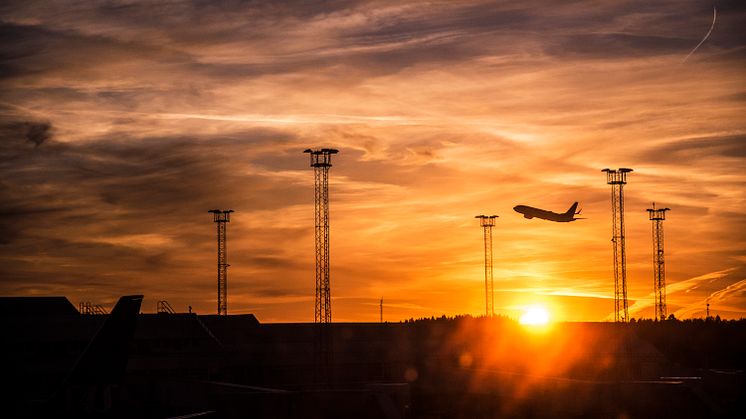
Press release -
Swedavia’s First Quarter 2021 interim report: Dramatic decline in traffic and continued heavy losses despite measures and aid
Swedavia’s first quarter results were strongly affected by the impact of the Covid-19 pandemic on travel. During the period, travel at the company’s airports decreased 86 per cent, thus making it the fourth straight quarter that Swedavia has reported a loss. Operating profit was SEK -381 M. The company’s net revenue decreased 63 per cent to SEK 457 M (SEK 1,245 M).
“It continues to be a very difficult situation for all operators in the aviation market, including Swedavia. We have taken robust measures to cut our costs by up to one billion Swedish kronor on an annual basis, but this could only partly offset the effects of Covid-19 on our results. It is now critical that the vaccination programmes around the world are successful and that well-functioning internationally harmonised health certificates for travel can be launched. The faster this is in place, the faster the chances will increase of people being able to travel and meet again,” says Jonas Abrahamsson, president and CEO of Swedavia.
During the first quarter of 2021, 954,000 passengers flew to or from Swedavia’s airports. That is a decrease of 86 per cent, or nearly 5.7 million passengers, compared to the same period last year, which was affected to only a minor extent by the pandemic. Net revenue totalled SEK 457 M (SEK 1,245 M) and was 63 per cent lower compared to the first quarter of 2020. Operating profit was SEK -381 M (SEK 275 M) and was positively affected by, among other things, state restructuring aid of SEK 239 M.
On April 21, the Swedish government announced that work will be carried out to close Bromma Stockholm Airport ahead of time and a commission is now being appointed to analyse the conditions for this and for ensuring future capacity at Stockholm Arlanda Airport.
Last year, Swedavia was asked by its owner to describe the consequences of a potential political decision to close Bromma ahead of time based on the company’s commercial considerations. In its analysis, Swedavia concluded that a consolidation of Stockholm’s air capacity at Stockholm Arlanda Airport was preferable in order to ensure long-term competitiveness and access, provided that Arlanda had the long-term conditions needed to develop in line with the needs of society.
“To ensure long-term sustainable airport capacity in Sweden, Arlanda must be given clear conditions in order to develop in line with the needs of the market and society. This applies to the airport itself, but also to transport to and from Arlanda – for example, rail traffic. From a rail traffic perspective, it is thus troubling that the infrastructure proposal recently put forth by the government does not at all consider the crucial enhancements needed for Swedish access or otherwise take into account the airport’s role in an efficient intermodal transport system,” says Jonas Abrahamsson.
“Just as with all long-term infrastructure decisions, it is desirable to have political support that is as broad as possible to create clarity and predictability for all operators involved,” says Jonas Abrahamsson.
The complete quarterly report is available on Swedavia’s website: About Swedavia - Financial information: www.swedavia.com/about-swedavia/financial-information/.
For further information, please contact Robert Pletzin, Head of Media Relations at Swedavia, or Swedavia’s press office at +46 (0)10-109 01 00 or press@swedavia.se.
This is information that Swedavia AB (publ) is required to disclose under the EU Market Abuse Regulation and the Securities Market Act. The information was provided by the contact person above for publication on April 28, 2021, at 1:00 p.m. CEST.
Topics
Categories
The Swedavia Group owns, operates and develops ten airports across Sweden. Our role is to create the access Sweden needs to facilitate travel, business and meetings. Safe, satisfied passengers are the foundation of Swedavia’s business. Swedavia is a world leader in developing airports with the least possible environmental impact. The Group had revenue of about 2.5 billion kronor in 2020 and has nearly 2,600 employees.
